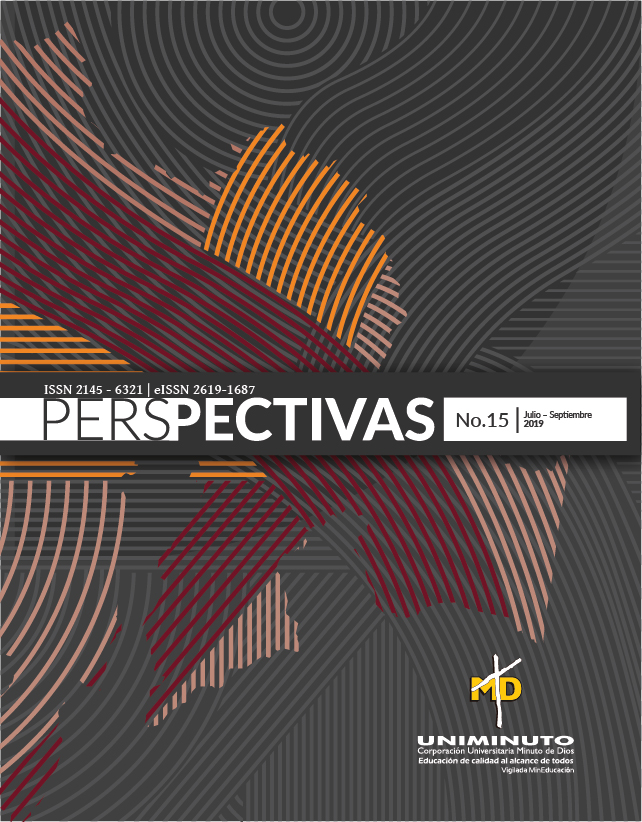Análisis de las variables que afectan la operación del catamarán solar en las Islas Galápagos
Barra lateral del artículo
Cómo citar
Detalles del artículo
Contenido principal del artículo
Resumen
El ecosistema de las Islas Galápagos posee una gran biodiversidad y endemismo, lo cual se ve afectado en gran medida por diferentes actividades humanas presentes en las islas. El transporte marítimo de pasajeros en el canal de Itabaca se basa en embarcaciones con motores de combustión, consume un promedio anual de 4200 galones de combustible que producen alrededor de 38 toneladas de CO2 por año. En este sentido, la operación del catamarán solar INER 1 de propulsión eléctrica es un modelo sustentable y renovable para el transporte marítimo de pasajeros dentro de las Islas Galápagos. Dicho sistema de transporte se ve influenciado por diferentes variables del tipo social, ambiental - estacional y energético que requieren ser evaluadas para analizar cuál de ellas es la que más influye en su funcionamiento y el porqué de su importancia. Para ello se ha planteado utilizar el método de selección de atributos para manejar los datos de forma adecuada y predecir de manera eficiente los efectos de cada una de ellas sobre la embarcación. En base a lo mencionado se propone realizar una revisión bibliográfica sobre las variables que más influencian o en la operación del catamarán solar “INER 1” en las Islas Galápagos.
Referencias
Bleicher, A. (2013). Solar sailor [Dream Jobs 2013 - Renewables]. IEEE Spectrum, 50(2), 45-46. doi:10.1109/MSPEC.2013.6420144
Chandrashekar, G., & Sahin, F. (2014). A survey on feature selection methods. Computers & Electrical Engineering, 40(1), 16-28.
Cuvi, N., & Guijarro, D. (2016). ¿ Una trayectoria hacia la insustentabilidad? La movilidad terrestre en la isla Santa Cruz, Galápagos. Revista Transporte y Territorio(15), 216-240.
Dash, M., & Liu, H. (1997). Feature selection for classification. Intelligent data analysis, 1(3), 131-156.
Galápagos., P. N. (2017). Informe anual 2017 visitantes a las áreas protegidas de Galápagos. Retrieved from http://www.galapagos.gob.ec/
García, J., Rangel, E., & Farías, M. (2013). Informe Galápagos 2011-2012. DPNG, GCREG, FCD y GC. . In. Puerto Ayora.
GÜRSU, H. (2016). Solar And Wind Powered Concept Boats: The Example Of Volitan. METU Journal of the Faculty of Architecture, 31(2).
Guyon, I., & Elisseeff, A. (2003). An introduction to variable and feature selection. Journal of machine learning research, 3(Mar), 1157-1182.
Hatwaambo, S., Jain, P. C., Perers, B., & Karlsson, B. (2009). Projected beam irradiation at low latitudes using Meteonorm database. Renewable Energy, 34(5), 1394-1398. doi:https://doi.org/10.1016/j.renene.2008.09.011
Helling, R. K. (2017). The Role of LCA in Sustainable Development. In M. A. Abraham (Ed.), Encyclopedia of Sustainable Technologies (pp. 237-242). Oxford: Elsevier.
INOCAR, I. O. d. l. A. (2016). Tabla de Mareas In: INOCAR.
Jain, A., & Zongker, D. (1997). Feature selection: Evaluation, application, and small sample performance. IEEE transactions on pattern analysis and machine intelligence, 19(2), 153-158.
Jara-Alvear, J., Pastor, H., Garcia, J., Casafont, M., Araujo, E., & Calderon, E. (2013). Embarcaciones solares, una evolución al transporte marino en las islas Galápagos, Ecuador. Paper presented at the 1st International congress and scientific expo ISEREE.
Jurado, S., Nebot, À., Mugica, F., & Avellana, N. (2015). Hybrid methodologies for electricity load forecasting: Entropy-based feature selection with machine learning and soft computing techniques. Energy, 86, 276-291. doi:https://doi.org/10.1016/j.energy.2015.04.039
Khmaissia, F., Frigui, H., Sunkara, M., Jasinski, J., Garcia, A. M., Pace, T., & Menon, M. (2018). Accelerating band gap prediction for solar materials using feature selection and regression techniques. Computational Materials Science, 147, 304-315. doi:https://doi.org/10.1016/j.commatsci.2018.02.012
Ko, N., & Gantner, J. (2016). Local added value and environmental impacts of ship scrapping in the context of a ship's life cycle. Ocean Engineering, 122, 317-321. doi:https://doi.org/10.1016/j.oceaneng.2016.05.026
Kumar, N. M., Kumar, M. R., Rejoice, P. R., & Mathew, M. (2017). Performance analysis of 100 kWp grid connected Si-poly photovoltaic system using PVsyst simulation tool. Energy Procedia, 117, 180-189. doi:https://doi.org/10.1016/j.egypro.2017.05.121
Leary, D., & Kubby, J. (2017). Feature Selection and ANN Solar Power Prediction. Journal of Renewable Energy, 2017, 7. doi:10.1155/2017/2437387
Ling-Chin, J., & Roskilly, A. P. (2016). A comparative life cycle assessment of marine power systems. Energy Conversion and Management, 127, 477-493. doi:https://doi.org/10.1016/j.enconman.2016.09.012
Lucas, A., Neto, R. C., & Silva, C. A. (2013). Energy supply infrastructure LCA model for electric and hydrogen transportation systems. Energy, 56, 70-80. doi:https://doi.org/10.1016/j.energy.2013.04.056
Maggí, P. D. E., Rodríguez, J. P. C., Litardo, J. E. T., & Caviedes, E. C. E. (2018). ANÁLISIS DEL MERCADO TURÍSTICO DE LAS ISLAS GALÁPAGOS: CASO CRUISING GALÁPAGOS. Observatorio de la Economía Latinoamericana. doi:http://www.eumed.net/2/rev/oel/2018/02/mercado-turistico-galapagos.html
Moya, M., & Arroyo, D. (2015). Análisis de los resultados de la operación del catamarán “Génesis Solar” en el estrecho de Itabaca (Islas Galápagos). Congreso Internacional I+D+I, 2.
Muñoz Barriga, A. (2015). La contradicción del turismo en la conservación y el desarrollo en Galápagos - Ecuador. Estudios y perspectivas en turismo., 24(2), 399-413. doi:http://www.scielo.org.ar/scielo.php?script=sci_arttext&pid=S1851-17322015000200012&lng=es&tlng=es.
Okello, D., van Dyk, E. E., & Vorster, F. J. (2015). Analysis of measured and simulated performance data of a 3.2kWp grid-connected PV system in Port Elizabeth, South Africa. Energy Conversion and Management, 100, 10-15. doi:https://doi.org/10.1016/j.enconman.2015.04.064
Salcedo-Sanz, S., & Cornejo-Bueno, L. (2018). Feature selection in machine learning prediction systems for renewable energy applications. Renewable and Sustainable Energy Reviews, 90, 728-741. doi:https://doi.org/10.1016/j.rser.2018.04.008
Schiller, L., Alava, J. J., Grove, J., Reck, G., & Pauly, D. (2015). The demise of Darwin's fishes: evidence of fishing down and illegal shark finning in the Galápagos Islands. Aquatic Conservation: Marine and Freshwater Ecosystems, 25(3), 431-446.
Touati, F., Chowdhury, N. A., Benhmed, K., San Pedro Gonzales, A. J. R., Al-Hitmi, M. A., Benammar, M., . . . Ben-Brahim, L. (2017). Long-term performance analysis and power prediction of PV technology in the State of Qatar. Renewable Energy, 113, 952-965. doi:https://doi.org/10.1016/j.renene.2017.06.078
Zhang, W., Dang, H., & Simoes, R. (2018). A new solar power output prediction based on hybrid forecast engine and decomposition model. ISA Transactions. doi:https://doi.org/10.1016/j.isatra.2018.06.004

